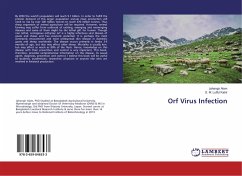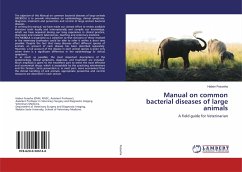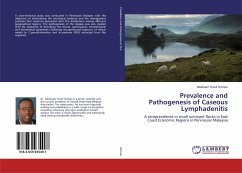By 2050 the world's population will reach 9.1 billion. In order to fulfill the protein demand of this larger population annual meat production will need to rise by over 200 million tonnes to reach 470 million tonnes. Thus sharp expansion of animal agriculture will be required. However, animal farming may suffer from outbreak of existing, emerging and reemerging diseases and some of them might be the lethal gift for human. Though non lethal, contagious ecthyma/ orf is a highly infectious viral disease of goats and sheep and has zoonotic potential. It is perhaps the most commonly encountered and most widespread skin disease in domestic goats and sheep worldwide. The disease occurs primarily in lambs 3-6 months of age, but also may affect older sheep. Mortality is usually low, but may affect as much as 90% of the flock. Hence, knowledge on this disease with their prevention and control is very important. This book, therefore, provides comprehensive information on the disease, its causal agent, diagnosis, prevention and control. I believe this book will be useful to students, academician, researcher, physician or anyone else who are involved in livestock production.








